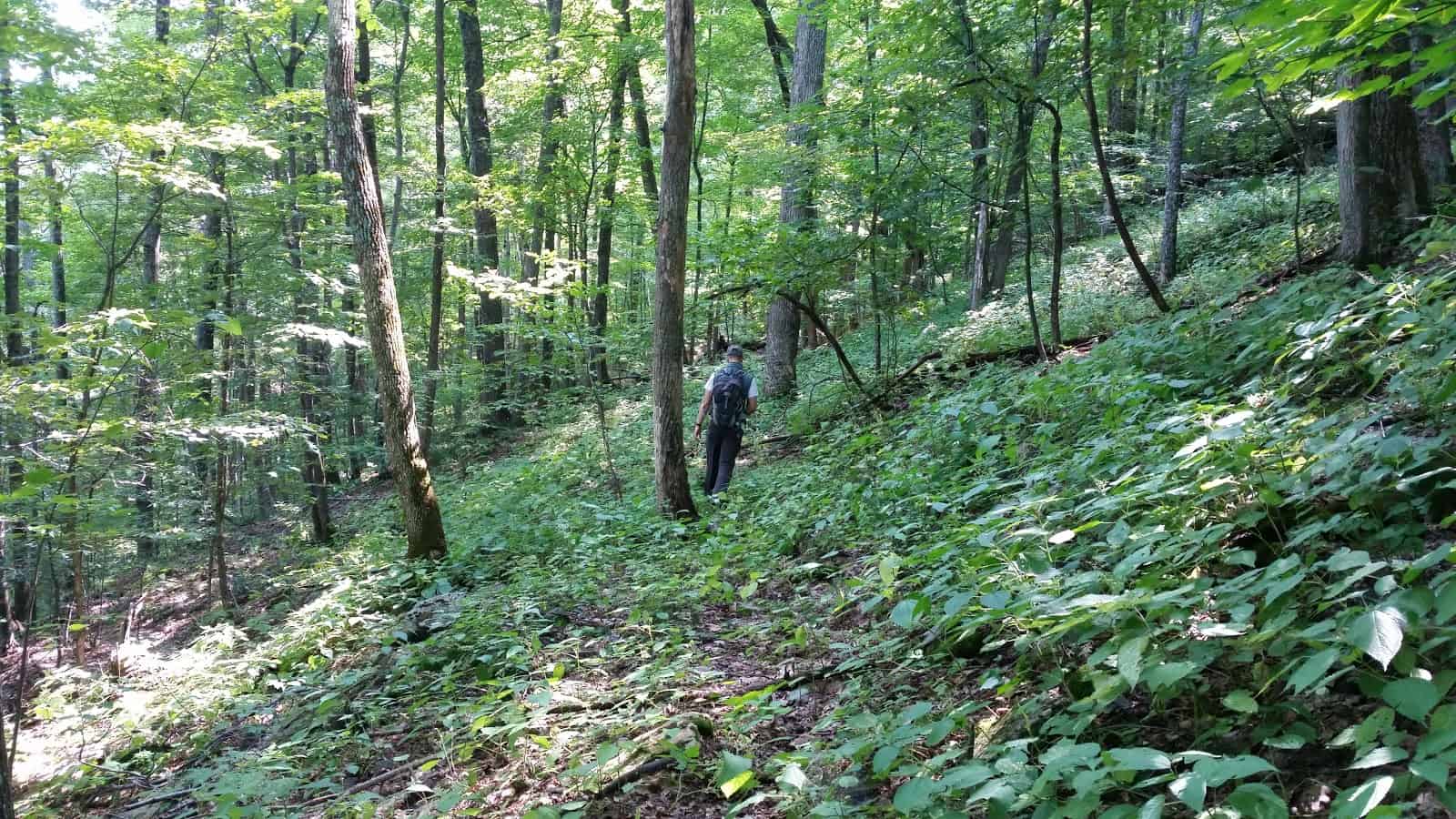Introduction
This article describes natural navigator techniques I’ve found helpful while bushwhacking in New York’s rugged and heavily-forested Catskill Mountains – navigating without a compass, map, or GPS. Learning some of these techniques could help you improve your powers of observation, become less dependent on technology, and navigate more safely and effectively in similar forested mountain environments.
The term “Natural Navigator” was coined by Harold Gatty in his 1958 guide, Finding Your Way Without Map or Compass. Gatty was an Australian aviator, a veteran of the 1931 record-setting circumnavigation of the earth, and a student of aboriginal cultures. “In the process of the evolution of our civilization,” he commented, “we have lost something which was a matter of life and death to the primitive; that is, his highly developed powers of observation.”
Inspired by Gatty’s work, as well as by the navigational skills of some of my fellow Catskill hikers, last fall I began designating certain bushwhack hikes as “Natural Navigator Challenges,” with the goal of reaching one or more peaks without referring to map, compass, or GPS. These challenges have been great fun, especially when undertaken with friends, and the source of many valuable lessons. Today I use natural navigator techniques on almost every hike, relying on compass and GPS for back-up or when time, energy or patience are running short. The techniques covered in this article include:
- The Rule of Up
- Orienting with the Sun
- Seeing Terrain Features
- Following Social Trails
- Counting Steps
- Understanding the Vegetation
Member Exclusive
A Premium or Unlimited Membership* is required to view the rest of this article.
* A Basic Membership is required to view Member Q&A events




Home › Forums › Navigating Without a Compass, Map, or GPS